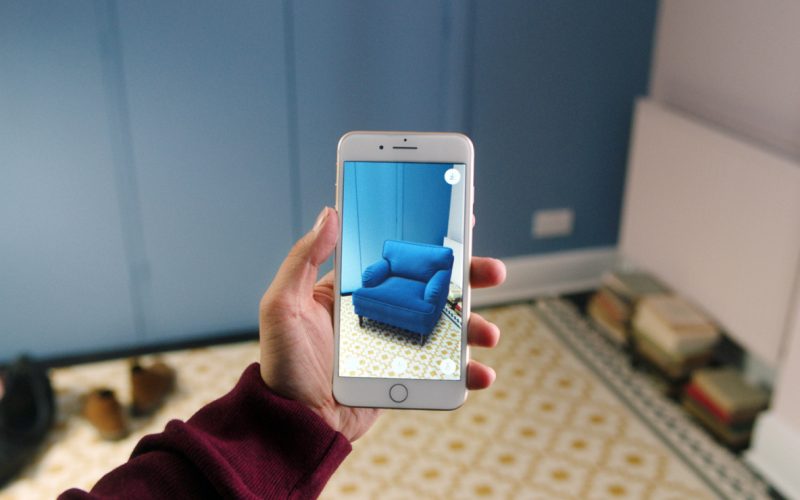Seeing an UFO while waiting for a bus or doing grocery shopping at an underground station – with new technology, these are quite trivial things for some megapolis citizens.
AR: What and Why?
The technology that lets you encounter wild animals in the middle of a city or try on a new pair of shoes in a click is called augmented reality. In layman’s terms, it integrates existing environment with certain digital elements, overlays information on top of the surroundings. Unlike virtual reality, which totally replaces the existing one, augmented reality only makes additions to it (remember Pokemon Go?).
Both technologies aren’t brand new, and have been around for a while, creating an extensive range of opportunities for advertisers. The point is, augmented reality in ads isn’t something you see very often. Combined with creativity and evoking an emotional response, the promos using such technology are “doomed” to be memorized, talked about, shared etc. which drives sales and increases the number of potential consumers.
Below, you’ll find some brilliant examples of out-of-home advertising using augmented reality. In fact, they are hard to call ads – because there’s virtually nothing promotional in them. Instead, they present a whole range of experiences to the onlookers and are something worth spending your time for.
Pepsi MAX – “Unbelievable” Bus Shelter
So, here comes the UFO we mentioned in the introduction. Pepsi actually brought to life its slogan for the new drink – Unbelievable. Basically, the bus stop was equipped with a seemingly transparent wall, with a secret camera that enabled fantastic, unbelievable events to unfold right in front of the amazed commuters.
Coca Cola and WWF – Arctic Home Campaign
The place – London Science Museum. The idea – a couple of minutes of watching the life of a polar bear family from the “inside” via an augmented reality screen. The purpose – to raise awareness of the climate change and the conservation of Arctic where polar bears live. The stunt had been available for 3 months, getting thousands of visitors and lots of media attention.
ECCO augmented reality fitting room
Ecco resorted to augmented reality to live the dream of many shoppers – effortlessly trying on numerous items without moving a finger, simply by visiting the fitting rooms they created in Hong Kong. It definitely benefits the retailer, by reducing the number of returns, and increases engagement and level of interest among the potential buyers.
Tesco Homeplus Virtual Subway Store in South Korea
A brilliant example of using OOH augmented reality to increase the market share – implemented by Tesco, a grocery chain in South Korea. Instead of opening new stores, they created virtual ones… in a subway. This way, commuters could order groceries using their smartphones and big screens with posters,while waiting for their train and have them delivered to their door. The result – 130% increase in sales and over 76% more registered accounts – without huge investments.
IKEA Catalogue: Augmented Reality
Not exactly out of home advertising, but we cannot omit this smart idea that lets you take the guesswork out of your life when buying furniture and “try it” in your own dwelling with an augmented reality app from Ikea.
Key take-out
Well, it looks like augmented reality offers endless possibilities to make consumers not only speak of you or remember you, but also present wonderful experiences, pleasant emotions and extra convenience for the buyers. The key idea is, you should make it about customer, not about your brand or product, and make it special and/or useful.
To ease launching your OOH campaign and tracking its results, use TRACKLAM – an online service designed to let you focus on creation, letting you choose venues and media and place all types of ads right from your home or office. Try it now!




